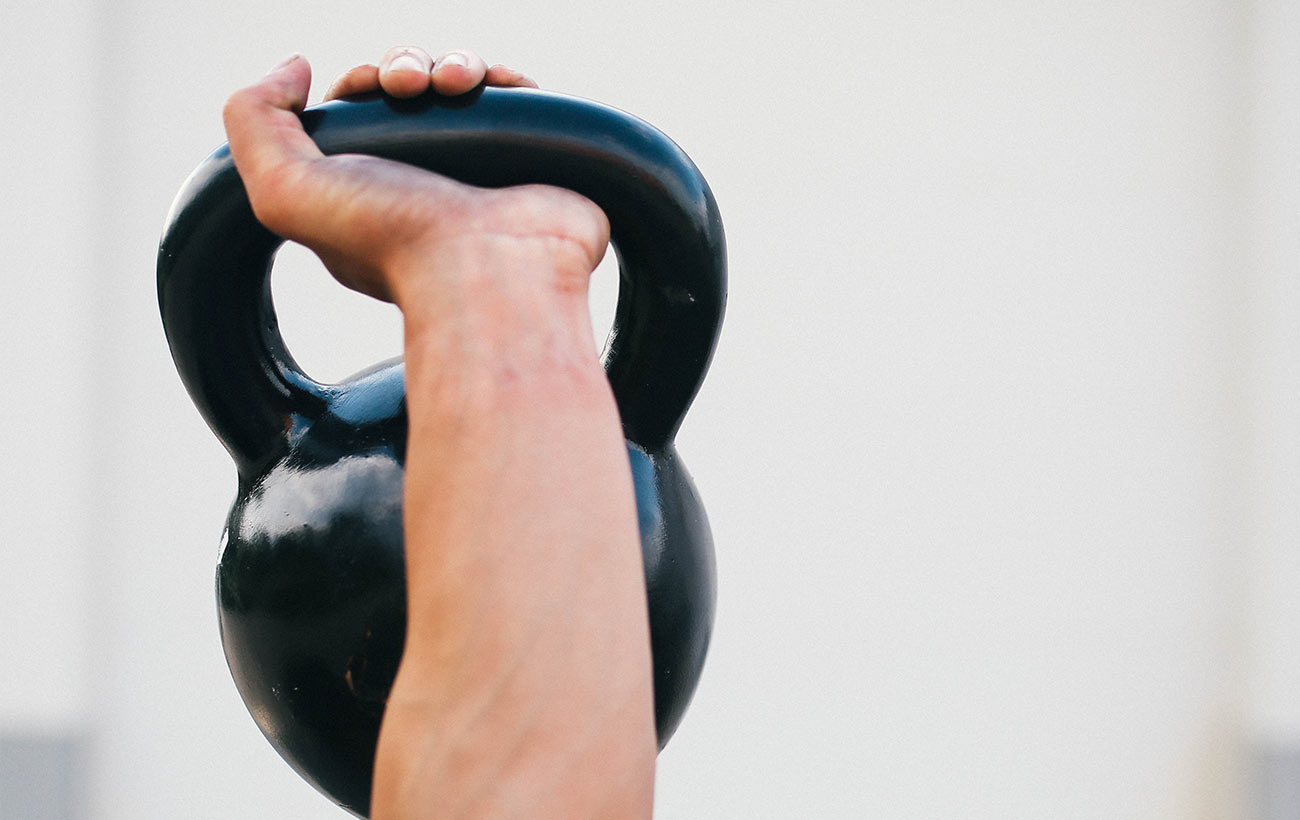Cum sociis Theme natoque penatibus et magnis dis parturie montes, nascetur ridiculus mus. Curabitur ullamcorper id ultricies nisi.


Progressive overload is a fundamental principle in bodybuilding that involves gradually increasing the demands placed on your muscles over time to stimulate growth and strength gains. Here’s how to apply progressive overload effectively for bodybuilding:
Set Clear Goals: Define specific and achievable goals for muscle size and strength. Knowing what you’re working toward will help you tailor your training plan accordingly.
Structured Training Program: Follow a well-structured bodybuilding program that includes exercises, sets, reps, and rest intervals designed to target the muscles you want to develop. Programs like split routines, full-body workouts, or push-pull-legs (PPL) routines are common choices.
Start with Proper Form: Ensure your lifting technique is correct from the beginning. Proper form is crucial not only for safety but also for effectively targeting the muscle groups you want to develop.
Exercise Selection: Choose compound exercises (multi-joint movements) and isolation exercises (single-joint movements) that target your specific muscle groups. Include a variety of exercises to stimulate different muscle fibers.
Progressive Resistance: Increase the weight or resistance you lift for each exercise over time. You can do this by adding small increments of weight to the bar or using resistance bands or chains.
Repetition Range: Adjust the number of repetitions (reps) you perform per set based on your goals. Lower reps (6-12) with heavier weights are typical for hypertrophy (muscle growth), while higher reps (12-20) with moderate weights can also be effective.
Set and Rep Scheme: Progressively increase the number of sets or reps you perform for each exercise. For example, if you’ve been doing 3 sets of 8 reps, try progressing to 4 sets of 10 reps when you’re ready.
Rest and Recovery: Ensure you get adequate rest between sets and workouts. Muscles need time to recover and repair, so overtraining should be avoided. Consider incorporating active recovery techniques like foam rolling or light cardio on rest days.
Nutrition: Consume a diet rich in protein, carbohydrates, and healthy fats to support muscle recovery and growth. Ensure you’re eating enough calories to fuel your workouts and provide the necessary nutrients for muscle development.
Sleep: Prioritize quality sleep as it is essential for recovery, hormone production, and muscle growth. Aim for 7-9 hours of restful sleep per night.
Periodization: Incorporate periodization into your training plan. Periodization involves cycling through phases of training, such as strength, hypertrophy, and endurance, to prevent plateaus and optimize muscle development.
Tracking Progress: Keep a training journal to record your workouts, including the weights lifted, sets, reps, and rest intervals. Regularly assess your progress to identify areas that need adjustment.
Variation: Periodically vary your exercises, angles, or grips to target muscles from different angles and stimulate growth. This variation can help prevent adaptation and plateaus.
Intensity Techniques: Consider incorporating intensity techniques like drop sets, supersets, rest-pause sets, or forced reps to challenge your muscles in different ways and stimulate growth.
Seek Expert Guidance: If you’re new to bodybuilding or want personalized guidance, consider working with a certified personal trainer or bodybuilding coach who can provide feedback on your form and design a progressive training program tailored to your goals.
Remember that progressive overload is a gradual process, and it’s normal to experience periods of slower progress or plateaus. Stay consistent, adjust your training variables, and be patient as you work toward your bodybuilding goals.